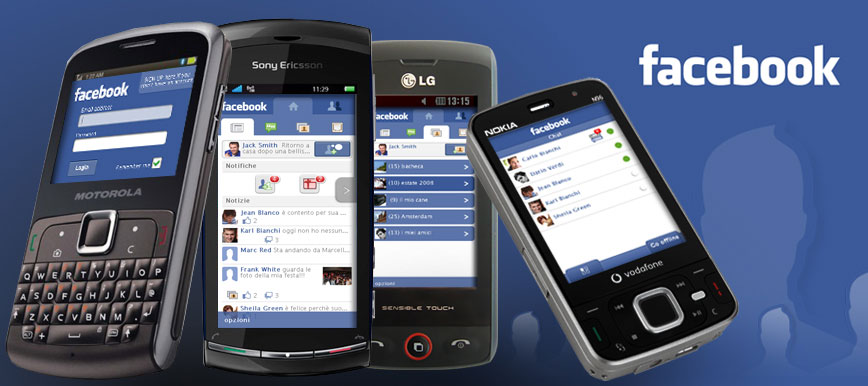
Ever since Facebook’s Mark Zuckerberg said that mobile is a first priority for the social network, there’s been a lot of talk about what Facebook’s mobile future may look like. Members of the industry are convinced that Facebook has a promising future in mobile marketing.
The Facebook mobile user is checking in, tagging photos and connecting with friends. The question is then not just how to integrate advertising into the smaller screen but also how to deliver an ad that will be relevant to the user at that moment in time.
“Integrating ads into the check-in feature would be the most immediate opportunity we see,” said Helene Rosenblum, vp of media at Leapfrog Online. “An ability to push specific offers based on time of day, location and Facebook’s targeting tools would be powerful.”
Facebook’s mobile usage is skyrocketing. VentureBeat reported that Facebook had more than 425 million monthly active mobile users in December 2011. In the company’s IPO filing, Facebook even said that as more people use the platform via their mobile phones rather than desktop computers, the platform’s financial results may be negatively impacted.
But if Facebook figures out its mobile monetization dilemma, this could actually be more of a godsend than a challenge.
“Moving forward, increasingly larger screen sizes and faster connections in new devices will provide new opportunities for advertising,” Rosenblum said. “We expect Facebook will need to focus on compact ad formats that can integrate effectively into the mobile experience but still deliver the power an advertiser is looking for.”
Mobile advertising spend is expected to reach $10.8 billion in the U.S. by 2016, up from the $2.6 billion expected by year’s end, according to eMarketer. But that’s a small piece of overall online advertising spend, which is a $170 billion market in the United States. Google is the king of mobile right now, with a 51 percent share of the mobile advertising market. But that can mostly be attributed to the company’s mobile search ads business. Facebook has a real opportunity here and may be a formidable force for Google to go against in coming months and years.
Marketers are noticing the promise of mobile advertising with companies like Ford, Macy’s, Campbell Soup, Walgreens and Samsung betting on mobile ads. Mobile is proving to be a productive channel for driving both sales and engagement. For a lot of products, it is a good environment to reach consumers on the go, even while in stores.
“Facebook’s challenge is to provide value through mobile advertising,” said Jeff Hasen, CMO of Hipcricket. “That is hardly unique to Facebook. It’s about trust and personalization. Consumers want information, offers and convenience. Brands want to reach mobile users in a one-to-one rather than one-to-many way. Mobile brings us together. The half-full view for Facebook is that it hasn’t sped 100 miles an hour to bring ads to members using mobile. A measured approach is prudent. The half-empty view is that it still hasn’t figured this out. Given the stock downturn, more are focusing on the latter than the former. And Facebook is more on the clock than ever before.”
More in Marketing

Why the New York Times is forging connections with gamers as it diversifies its audience
The New York Times is not becoming a gaming company. But as it continues to diversify its editorial offerings for the digital era, the Times has embraced puzzle gamers as one of its core captive audiences, and it is taking ample advantage of its advantageous positioning in the space in 2024.

Why B2B marketers are advertising more like consumer brands to break through a crowded marketplace
Today’s marketing landscape is more fragmented than ever. Like consumer brands, business brands are looking to stand out in a crowded and competitive marketplace, making marketing tactics like streaming ads, influencers and humorous spots more appealing.

As draft puts WNBA in spotlight, the NBA is speeding up ballplayers’ transition to creators
The NBA’s star athletes are its greatest marketing asset.





